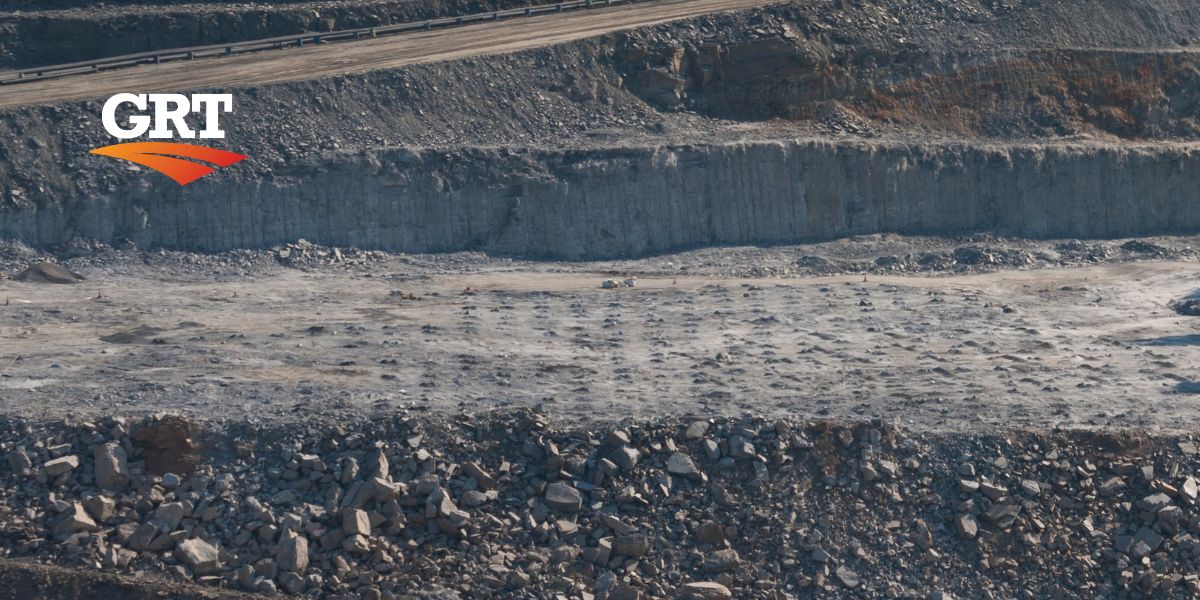Constant connectivity is defining the modern age. At home, at work, socially and in transit, we rely on the internet and smart devices to remain in sync with our local and global networks. It’s also become essential in extreme environments, from heavy industrial applications to conflict zones worldwide.
Inter-connectivity is driving organisational performance more than ever. Critical for planning, operations and health and safety, real-time connectivity is a feature that modern companies have come to rely on.
For miners used to operating in the dark, sometimes literally, the benefits of a truly connected mine are too great to go without and are transforming the industry. Interconnected mines show improvements across almost all aspects of their businesses, making site-wide improvements on the fly using multiple data streams.
Connectivity is a game changer for mining companies, one that’s here to stay.
So let’s explore the connected mine, how it’s arranged and why it’s crucial.
Are environmental regulations, health and safety concerns or potential profit loss a concern right now?
Understanding the connected mine
The term ‘connected mine’ contains multitudes.
But put simply; the concept aims to optimise the many aspects of mining, from exploration to processing, by incorporating data and digital technologies for maximum effect.
A connected mine relies on the Internet of Things, or the IoT in mining, alongside a network of advanced technology and connectivity solutions, including devices, sensors, and software installed on its vehicles and hardware.
This web enables real-time monitoring and control of the mining process while driving significant safety, efficiency, and productivity improvements.
The keys to connected mining
Here are the must-haves for modern miners operating in a connected space:
Communication systems: An efficient and reliable communication system allows the exchange of information between different mining operations, sites, and equipment.
Automation and control systems: Crucial for monitoring and controlling the various mining processes, including equipment movement and production process monitoring.
Equipment: Includes related specialised equipment, like drilling machines, excavators, loaders, and conveyor belts, each equipped with individual sensors.
Data management systems: Store, analyse and interpret vast amounts of data from various processes to make informed, intelligent decisions.
Monitoring and reporting systems: Provide real-time monitoring and reporting to track performance, identify potential problems, and make decisions to optimise the process.
Power systems: Deliver reliable power to run the equipment, communication systems, and other infrastructure as part of the wider network.
Predictive maintenance and repair: The maintenance and repair system optimises equipment functions while minimising downtime, identifying potential problems, scheduling maintenance, and managing the repair process.
Summary
The world has changed, and constant connectivity is here to stay, both in our personal lives and on the frontlines of heavy industry.
A network of devices connected via the web – often referred to as the IoT or the Internet of Things – has enabled miners to make a quantum leap in efficiency, performance and safety outcomes.
The connected mine monitors its multiple moving parts, integrating site-wide data to make predictive, informed and intelligent decisions.
The benefits of interconnected mining also extend to dust control, a persistent and significant issue in the mining and resources sectors.
We at GRT have leveraged interconnected technology using our SMART Dosing Units to supply miners and resource companies with its valuable data.
Designed and assembled by GRT’s engineers, these Australian Made SMART Dosing Units consist of a central control & communication module combined with electrical and mechanical hardware that provides the ability to remotely control and automate product dosage, error detection, flow rates, and more.
These industry-leading units link up with broader mining operations to provide valuable intelligence and data to the decision-making team.
In a brave new networked world, GRT ensures that its SMART dust suppression solutions remain at the cutting edge of technology, helping miners stay on track and meet their improvement goals.
Your feedback is important to us.
If you enjoyed reading this Global Road Technology industry update and found it informative, please let us know by leaving a REVIEW.
Your feedback is important to us. If you enjoyed reading this Global Road Technology industry update and found it informative, please let us know by leaving a REVIEW.
Troy Adams
Troy Adams is the Managing Director of Global Road Technology (GRT) Specialising in Engineered Solutions for Dust Suppression, Erosion Control, Soil Stabilisation and Water Management. A pioneering, socially conscious Australian entrepreneur, Troy Adams is passionate about health and safety and providing innovative solutions that are cost-effective to the mining industry, governments and infrastructure sectors. Troy is also a tech investor, director of companies like Crossware, Boost, Hakkasan, Novikov and more.

